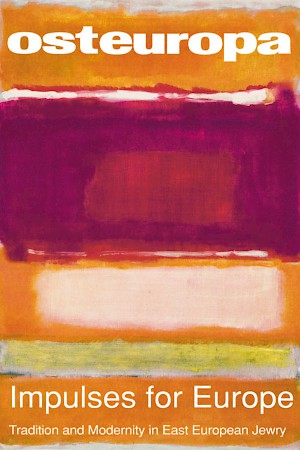Disasters and Social Advancement
Jews and Non-Jews in Eastern Europe
Full text file (PDF, 464 kB)
Abstract
Since emancipation, the history of Europe’s Jews has been written in two ways: as the advance from the periphery towards the centre of society and as a series of disasters. This applies to Eastern Europe in particular. At the start of the 19th century, over 80 per cent of Ashkenazi Jews lived there. Their emancipation led to a break with tradition, emigration, acculturation, and multiple concepts of identity. Antisemitism and pogroms were their constant companion. Nationalist forces in East Central Europe saw the Jewish population as a disruptive element in their efforts to build nation-states. Dynamism and opportunities for advancement made Soviet Moscow a “new Jerusalem” for urban Jews. The break with civilisation that was the Holocaust hit the Jews of Eastern Europe particularly hard. Today only about 4 per cent of the world’s Jews live in this area.
(Special Issue, pp. 25–46)
Full text file (PDF, 464 kB)



